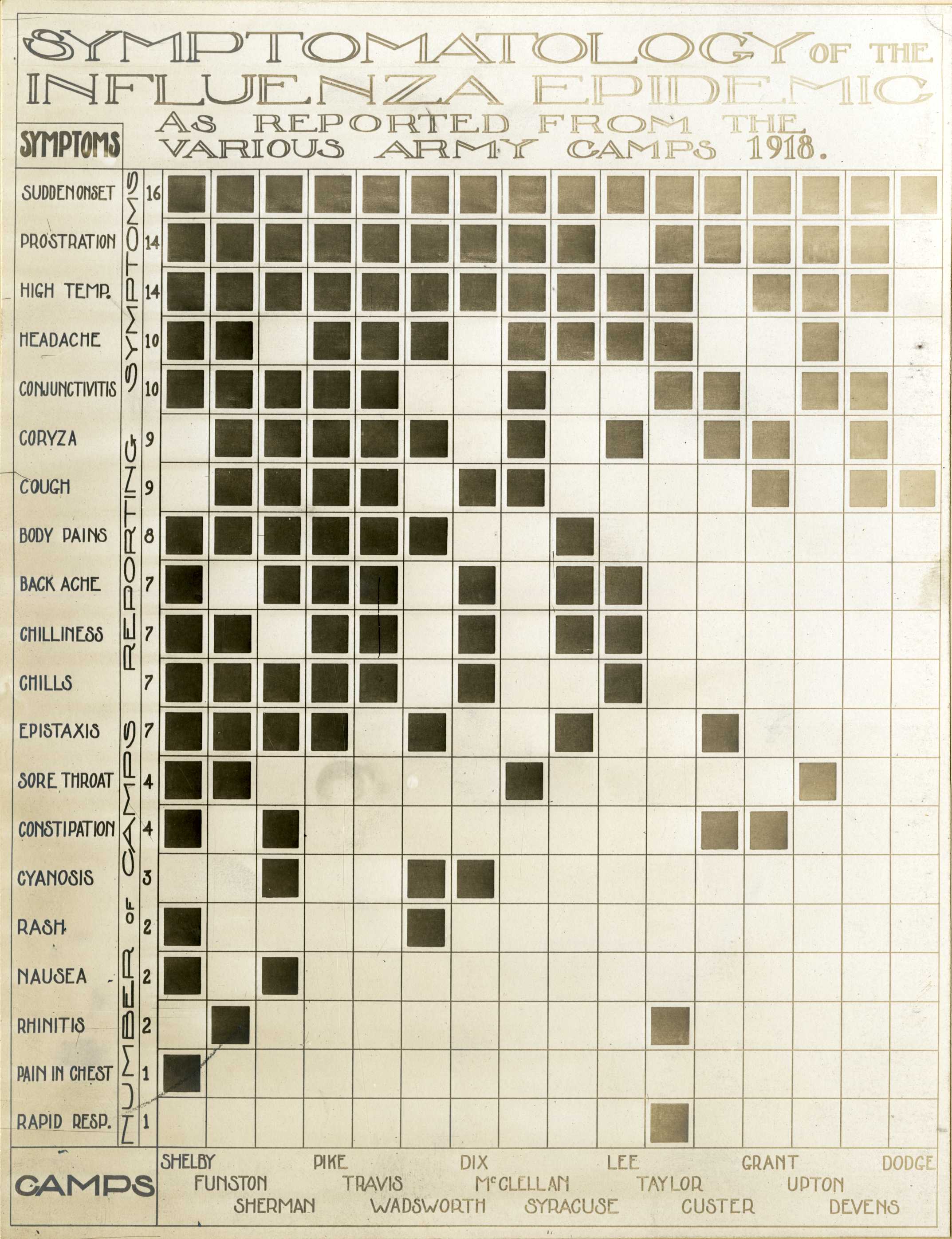
Photo from academic.microsoft.com
Some forms of cancer screening have the potential to reduce cancer incidence, if the screening modality can identify not only a malignancy but a treatable pre-malignant condition (such as a… Click to show full abstract
Some forms of cancer screening have the potential to reduce cancer incidence, if the screening modality can identify not only a malignancy but a treatable pre-malignant condition (such as a colon polyp) as well. Cohort studies of the efficacy of these forms of screening in reducing the incidence of cancer face many challenges, notably the difficulty in distinguishing whether a test performed in a given individual was screening or diagnostic in nature. Downward bias in the estimated efficacy of screening resulting from misclassification of test indication is a particular problem in cohort studies that seek to gauge cancer incidence beginning at the time of screening (and a corresponding point in time among unscreened persons). The downward bias is accentuated in those cohort studies that have sought to mimic the "intention-to-treat" analytic approach used in randomized trials, in which initially unscreened persons are retained in this category even if later they themselves undergo screening.
Journal Title: American journal of epidemiology
Year Published: 2019
Link to full text (if available)
Share on Social Media: Sign Up to like & get
recommendations!